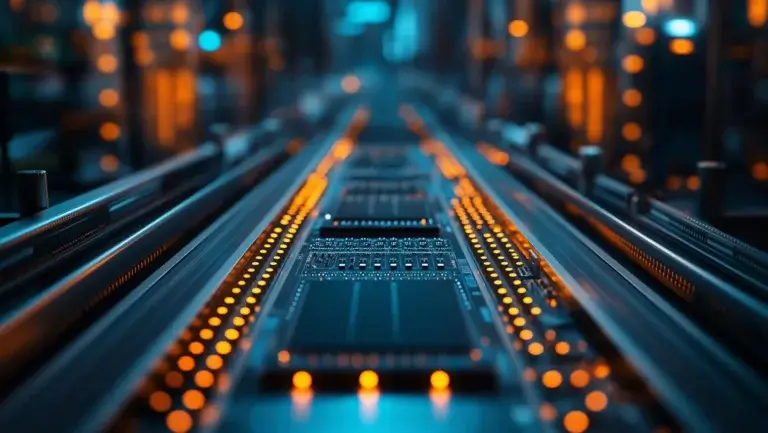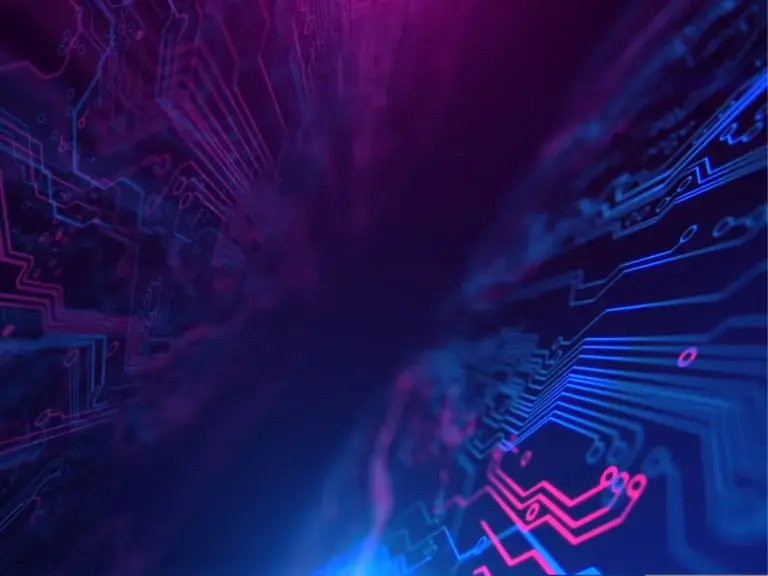ByteSnap’s 2022 Predictions for the Embedded Electronics Industry
ByteSnap Design’s award-winning engineers have expertise ranging from electronics design through to embedded Linux development, and have been contemplating the year ahead. Here are their predictions of trends that are most likely to dominate the embedded electronics industry in 2022…
1. Chip shortages are likely to ease once ‘panic mode’ calms
Shortages to continue through most of 2022 with easing starting in Q3. Like many things, toilet rolls or chips, people are in a panic mode now and any supply that starts coming through will be grabbed up. Next year will be hard, but there will be easing in 2023 with many manufacturers having stock piles to get through by then.
Continued chip shortages will lead to greater market opportunities for smaller IC manufacturers, and corresponding software development practices designed to easily port across heterogenous platforms and architectures.
We will also see the rise of Chinese Silicon vendors into Western designs as they are less impacted than Western companies (partly due to investment, partly US foreign policy under Trump). In a move away from the traditional manufacturers, ByteSnap has been asked to use these Chinese silicon vendor chips from time to time for cost benefits, mostly by smaller or start-up companies. No doubt they will be more widely used to fill the gap.
Alternatively, processor manufacturers will come into their own to deal with the shortage in processors from the big brands. Manufacturers will be giving priority to high value parts that are going to high volume designs, while the rest of the industry fights over the remains.
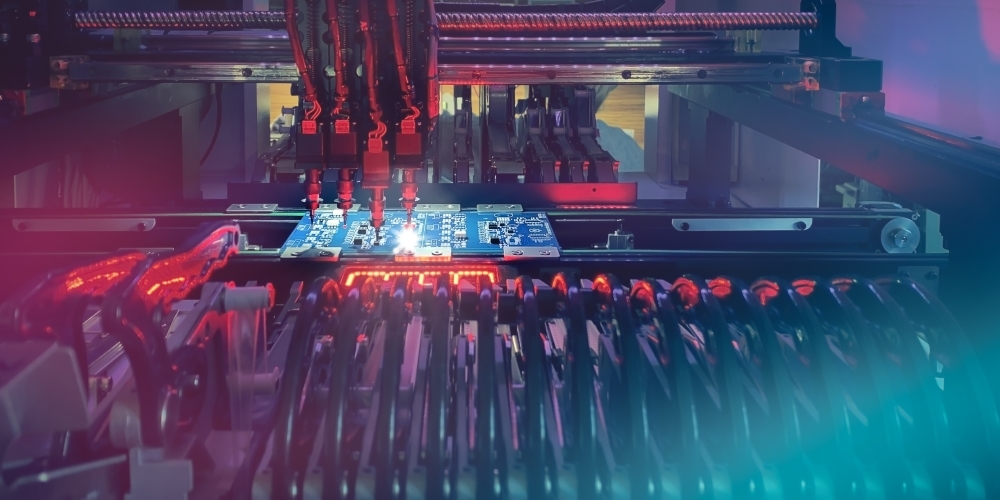
2. Better stock control and short-term end to Just in Time manufacturing
The chip shortages will cause the end of Just in Time manufacturing for the short term on electronics. However, ultimately no one wants to hold stock, its costly to buy, store and there are risks if it is not used. Currently, it’s a necessary evil. Many companies will introduce better stock control forecasting, ordering for months ahead but not receiving products until needed.

3. More news coverage as shortages impact consumer space
Shortages of electronics ripple through much more into consumer space, as they have been sheltered from it mostly due to stock holding. Expect to see it more in the news.
Ultimately, they have already hit the consumer market: graphics cards, new cars, consoles and more. So much equipment we use around the house has a microchip in it these days.

4. Innovation impacted with multiple redesigns / delays / increased costs
The industry will continue to be affected by silicon shortages for at least another 12 months and that will have a worse impact on innovation as it will be even harder to build prototypes.
Lots of redesigns to reduce number of “unnecessary” (or more like unaffordable) features. There is going to be an influx of application ports / redesigns, due to the chip shortage, with products moving to new chip ranges to fulfil supply.
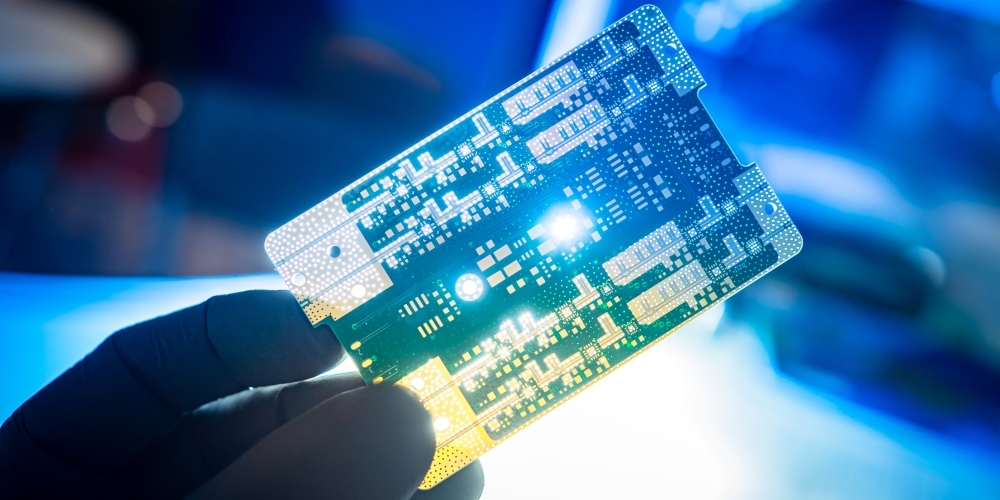
5. Software Defined Silicon or SDSi
In early October 2021, Intel posted an update the Linux kernel mailing list describing a “a post-manufacturing mechanism for activating additional silicon features” in their Xeon processors that would later be known as Software Defined Silicon or SDSi.
SDSi looks set to be a way for Intel to activate hardware features after the point of sale to customers that pay for it, not uncommon to how you might upgrade your Netflix subscription to get 4K streaming.
This could have an interesting effect given the ongoing silicon shortage. Instead of needing to produce several processor SKUs at different performance levels, Intel could now just produce a single, high-spec unit and unlock performance as customer’s buy upgrade keys.
This naturally means that stock is all available to a single SKU instead of spread across several, making it easier to get a Xeon processor in your machine and more importantly you can then upgrade that processor without needing to physically change anything or wait for shipping.
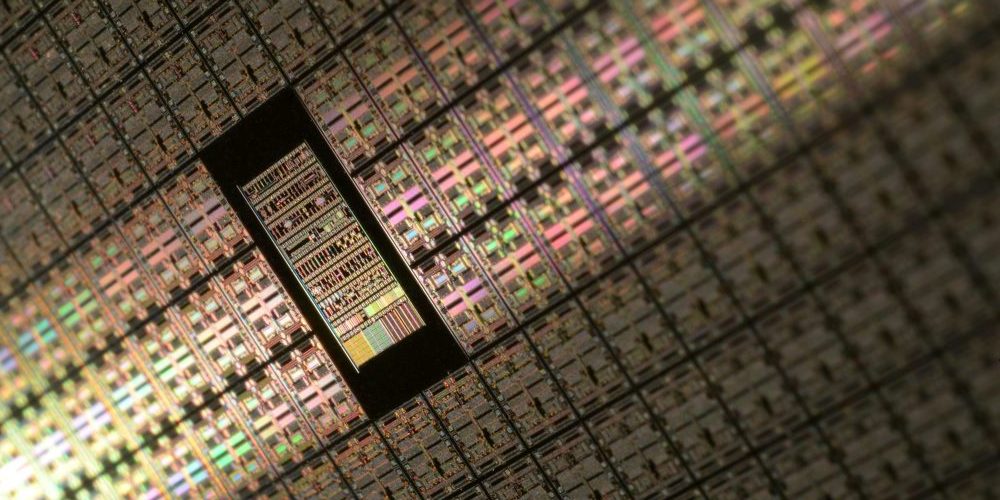
6. 2022 will be a transition year
While chip shortages are going to keep driving the industry next year, not much will actually happen as solutions are established, for instance foundries, design paradigms… will be moving forward, but won’t bear much fruit until 2023 or 24.
7. Matter – new standard role out
The IoT (Internet of Things) is going to continue to expand as it has been already over the past few years, with big companies developing their own ecosystems, and consumers utilising more devices to turn their home into a smart home. One thing which will boost IoT will be a new standard called Matter, which is backed by the major players in the industry. This standard will sit on top of the existing communication protocols that these devices already use, but should allow the different networks to be able to communicate in a standard way.
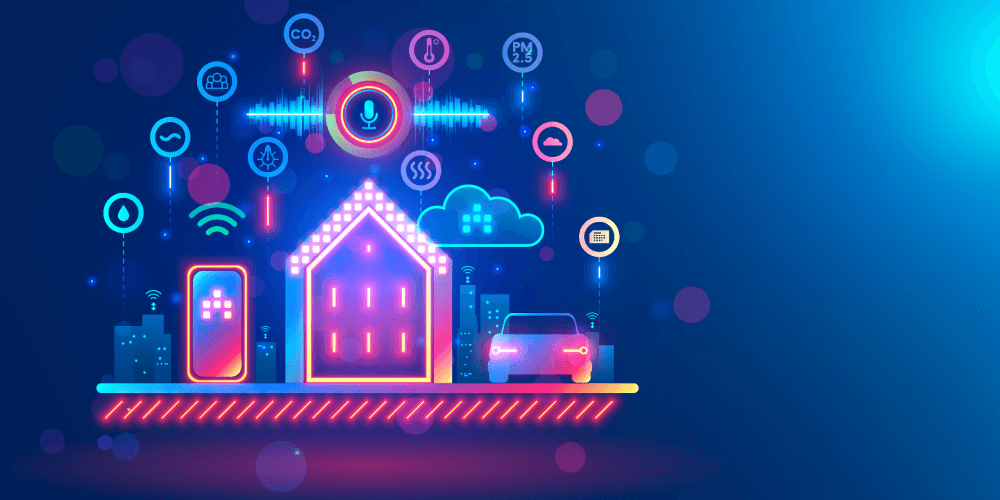
8. Software transparency
There is an increasing demand to know the software and services used in apps and devices, by companies and from the general public.
A business working with a software company might want to know who the developers are, the project development will differ between a private company working together and a team formed from independent freelancers. Knowing how the system was tested builds confidence in its robustness and how the system is maintained indicates its longevity for risk mitigation.
All of these factors build trust between developers and vendors and will therefore favour companies who adopt software transparency in a competitive market.
The era of Big Data has raised privacy concerns amongst the general public, now demanding transparency on what services are used such as data tracking, information collected on users and how that data is used or sold (hence the Facebook scandals). As more devices and applications collect personal and geolocation data, this naturally pushes for an uptake in software transparency which will gradually become the new standard.

9. RISC-V taking off
A further shift away from Intel architecture CPUs in favour of ARM-64 for all major platforms: Apple, Windows, Chromebook, Linux. RISC-V laptops will start appearing.
Nvidia still hasn’t acquired Arm Holdings, if they do, expect RISC-V architecture to really start to take off. While Intel, Qualcomm, and Microsoft are working hard to meet Apple’s beast (M1 etc), but we do not expect them catch up until 2023 or 2024.
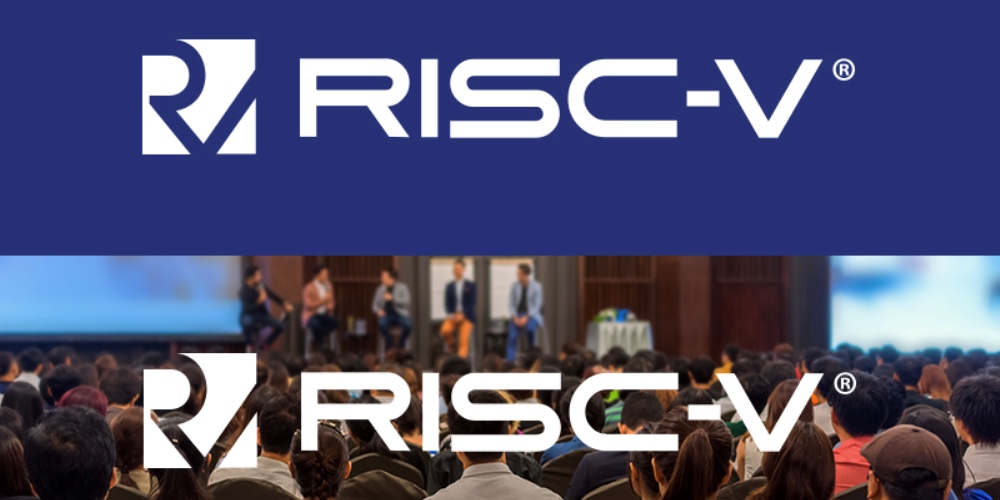
10. Automated deliveries
The rapid growth of urban population creates an increasing need for efficient delivery systems. Drone delivery systems have been a hot topic for a while and as this technology advances, the possibility of seeing a commercial drone delivery system becomes more realistic.
Similarly, with self-driving cars already present on our roads, multiple companies have been researching and developing small commercial driverless vehicles for items such as mail, groceries, takeaways and online shopping items.
These automated delivery systems ultimately depend on the electronics design industry to solve the computer vision challenges for road safety and develop the complex software algorithms.
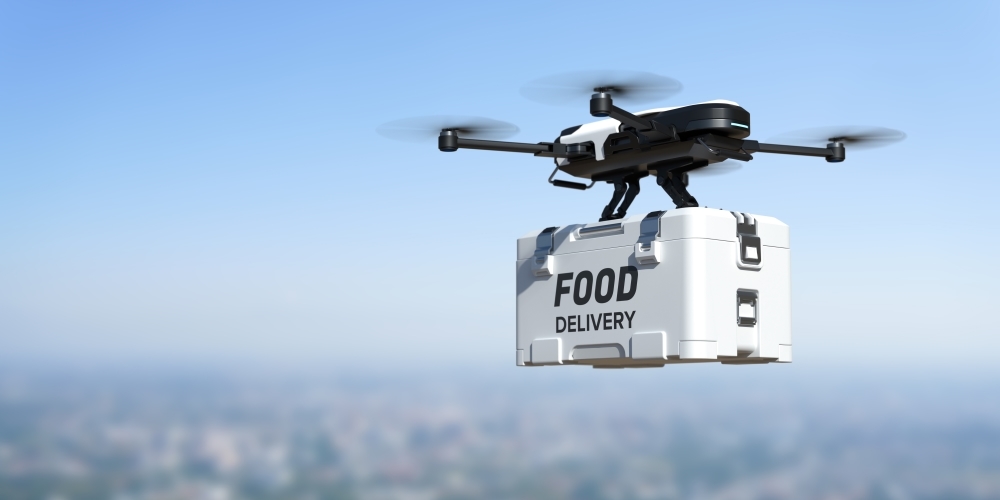
11. Novel applications for Bitcoin and other cryptocurrencies with smart contracts
Smart contracts have started rolling out on Bitcoin’s core protocol layer and on the Lightning Network, which enables instant transactions.
Smart contracts are digital agreements that live on the blockchain that can be applied to any transaction. The applications are limitless, from paying rent to registering vehicles and more complex supply chain exchanges. Once a set of rules is agreed upon by both parties, it becomes a verifiable and immutable piece of code running on all nodes of the network.

12. Remote Working
Expect a continuation of more monitoring devices and software emerging to aid in working from home or monitoring of people working from home; smart speakers will step up for conference calls or the TVs will introduce integration into Teams/Zoom etc.
Also pet-related monitors; people who are going back into the office and now need to monitor, exercise or remotely feed their pets now as they aren’t at home 24/7.
Technology will help consolidate and enhance opportunities and rights to work from home – thus increasing overall efficiency, lowering carbon footprints, and reducing congestion.

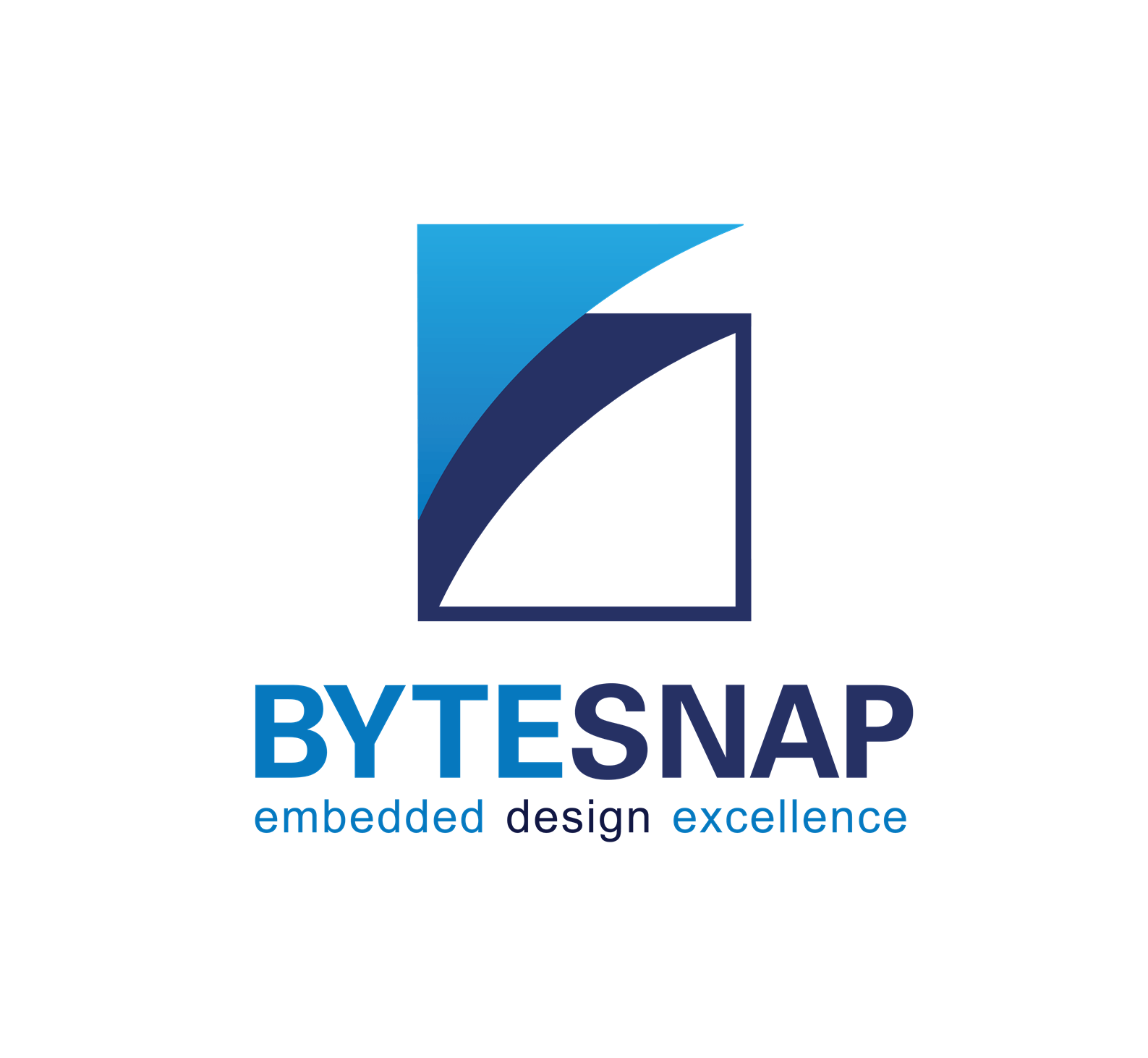
Founded in 2008, ByteSnap Design is an award-winning embedded systems design consultancy, offering a comprehensive range of services across the electronic product development lifecycle.
A highly skilled team of over 40 hardware and software engineers, our expertise spans several sectors, including IoT, automotive, industrial, medical, and consumer electronics.
The engineering consultants on the ByteSnap Editorial Team share their knowledge and practical tips to help you streamline your product development and accelerate designs to market successfully.
With their deep technical expertise and practical experience, they aim to provide valuable insights and actionable tips to guide you through the complex world of electronic product design and development, to help you bring innovative, reliable, and secure electronic products to market quickly and cost-effectively.


